Table of Contents
Team Rock-it are short on time, and there are now only two members left – it’s time we Blast Off into the performing stage!
Course Materials: Performing
How will Team Rock-it blast off? Fail Fast! (Pimentel Medeiros 2016)
Looking back, moving forwards and The Conflict Fast Model
Co-Creative Design and Development has been eventful for myself and our team, during the start of the module I suffered from the Dunning Kruger (1999) effect. My career experience involves working in teams, sprints and projects but for the last couple of years, I have been working on my own. In hindsight, I should have formed an approach based on sound research, rather than relying on my experience. Starting again from the beginning and reflecting on everything the team has been through I looked for team performing methodologies that work fast. The Conflict Fast Model and fail fast mantra aligns with my personal approach to conflict. The Fail Fast approach suits my impatience, direct honesty and the importance I place on psychologically safe working environments but this potentially only works in some scenarios and teams.
The Conflict Fast Model
My approach in teams, is to rip the plaster off quickly, talk about the issues and this isn’t for everyone and I should have stepped back and thought about the whole team and what the whole team needed but now we are short on time and the team knows me better it’s the right time. “Inspired by this mantra we have a similar mantra at the team level. We “conflict fast” to make deep and real improvements within the team dynamic” (Pimentel Medeiros 2016). “If we take the Lencioni model as a reference, we can see that one of the dysfunctions of a team is fear of conflict. When a team avoids conflict, there’s usually no trust among the team members. Connecting this idea with the Tuckman model, when a team avoids conflict, they extend the forming phase. It is important to remember that for the Tuckman model, a team must face phases like forming, storming and norming before reaching the performance phase. There are no exceptions” (Pimentel Medeiros 2016). “The Conflict Fast Model – Changing a pseudo agile-team into a real agile-team (2016). “Putting together a high performance team is probably the most important ingredient of good agile adoption. If your company has a lack of team spirit, you are likely to have a pseudo agile-team. In my personal experience, with a pseudo agile-team, your agile adoption will fail. Sad, but brutally true” (Pimentel Medeiros 2016). To support Team Rock-it to move forwards as a real agile team, I will used the conflict fast model to blast through the forming, storming, norming and performing stages. Team Rock-it will need to be open, honest, critical and supportive of one another.
Agile Planning
Mike Cohn’s (2012) ‘Advanced Topics in Agile Planning’ are insights that would be useful in a team that have been adopting agile methodologies from the start of the module or at least a few weeks ahead of us. We are also a very small team, I don’t feel we should shoehorn in complicated agile processes at this stage but advanced topics in Agile Planning are something that will be useful in the future – hopefully! The team has begun to formalise Agile processes, including sprints, sprint goals, reliable decision making and in my view most importantly retrospectives and reflection.
The team are heavily focused on using two main software tools: Trello and Miro. The team is far smaller, meaning there is less discussion but we have found Miro and Trello to be far more collaborative tools than GDrive and other software. We use Slack for general discussion and sharing research but even then we usually share our research on Miro.
Trello – Kanban
Trello – Sprint Planning
Blog – Sprint Goals and purpose
Miro – Asychnrounous & Sychronous Planning
Miro – Retro
Blog – Knowledge, skills, portfolio
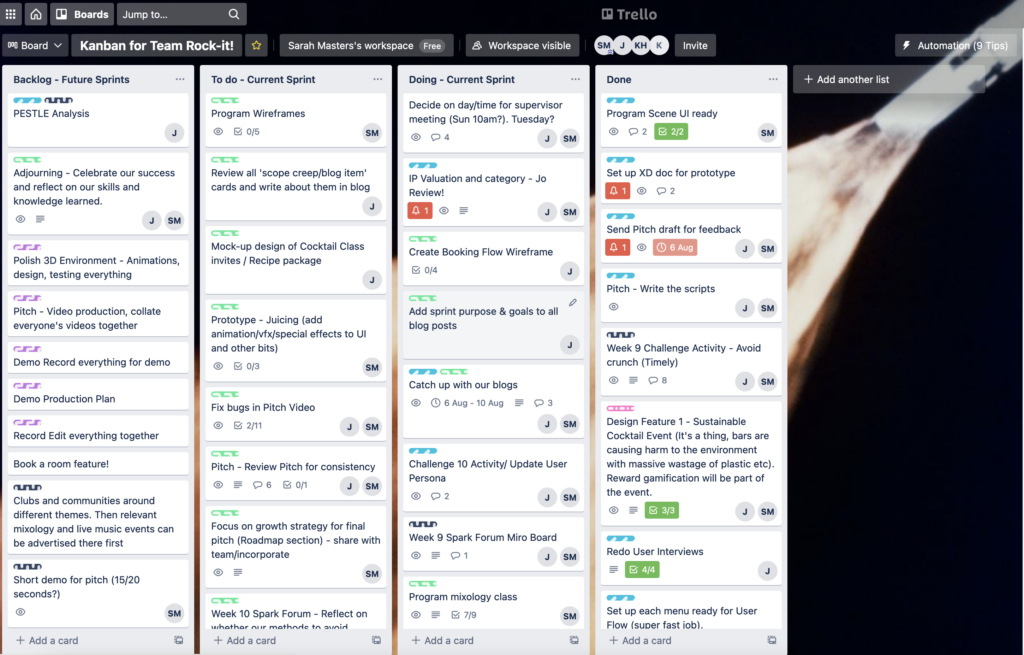
Kanban – My approach to sprint planning was to edit each card with a coloured sprint label. The team wrote out all the tasks for the project together in the backlog, then for each sprint planning session we labelled the tasks we could accomplish that week with corresponding colour code/label. This method was very simple and very visual. You can clearly see each task and which sprint it belonged to. Normally we would only colour code the label for each sprint but as we approached the deadline for our project. We began to sort future sprints and we scope down introducing a scope creep label.
Retrospectives
Fig 2. Team Rock-it! 2021. Retros
SWOT Analysis
“This week’s spark activity involves carrying out a SWOT analysis. Normally, a SWOT analysis is used to identify strengths, weaknesses, opportunities and threats in relation to a business opportunity, or as part of a planning exercise. In this instance, the technique is applied as a means of reviewing the team’s performance so far. The aim is to harness the team’s intuition to identify areas of teamwork that might benefit from data collection. Once the SWOT analysis is complete, use the findings to identify metrics that have the potential to generate insight and either confirm the strengths and opportunities or mitigate the weaknesses and threats” (Falmouth University 2021).
Fig 3. Team Rock-it! 2021. SWOT Analysis and Team Performance Metrics
Team Rock-it completed our SWOT analysis shortly after splitting the team and adopting a new direction. The timing for the exercise was apt, while this would be more ideal in a team that had been performing together for 7 weeks the exercise gave us an opportunity to re-evaluate our team strengths, weaknesses, opportunities and encouraged us to continue measuring performance in these last weeks.
Measuring Team Performance
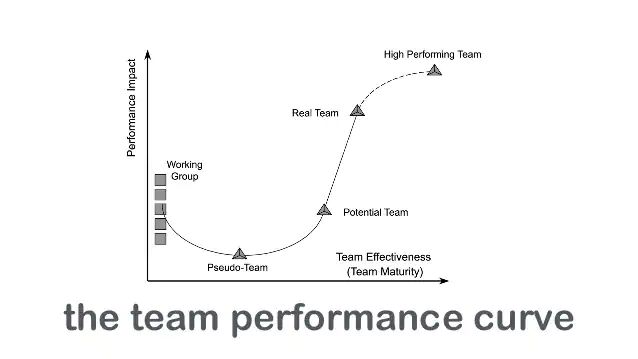
Team Rock-it is sitting somewhere between a Pseudo-Team and a Real Team at this stage in the module, we are focused on tasks and deliveries but we are starting to share goals and commitment. While short on heads, Team Rock-it are a strong team lead by two people with a diverse set of skills and personal qualities that complement one another. We are measuring our performance against new skills learnt, new knowledge acquired, hours worked towards the project, milestones achieved and cohesion and collaboration. At the end of Co-Creative Design and Development, we should be a stronger team and stronger individuals and potentially find a commitment to one another in a high performing team.
| PERFORMANCE | MEASUREMENT |
| New Skills Learnt | Development Log |
| New knowledge Acquired | Development Log |
| Hours worked towards the project | Estimated by week |
| Milestones Achieved | Milestone Planning |
| Collaboration and Cohesion | Pitch & Prototype |
Sprint 6 ‘A new look, features and music’
Sprint Goal: Design a new feature, implement music and refine the look of our space
Sprint Planning (Pull Tasks from Backlog)
| Collaborative Individual Tasks |
| Art Direction & Prototype Iteration |
| Music & Ambience for Prototype |
| Select Avatars – Third Party Asset |
| Terrain Detail |
| Synchronous/Asynchronous Team Tasks |
| Pitch Brainstorming – The development log on the pitching process is found here. |
| Brainstorming a New App Name |
| Refine Feature Design |
Art Direction and Prototype Iteration
In line with my research from Sprint 5 and giving the environment more of a well-being, sustainable and inclusive vibe I’ve iterated on the architecture:
- Layout & Curved Glass Roof
- Skybox & Cocktail bar
- Terrain
- Curved ramp
- Plants plants plants
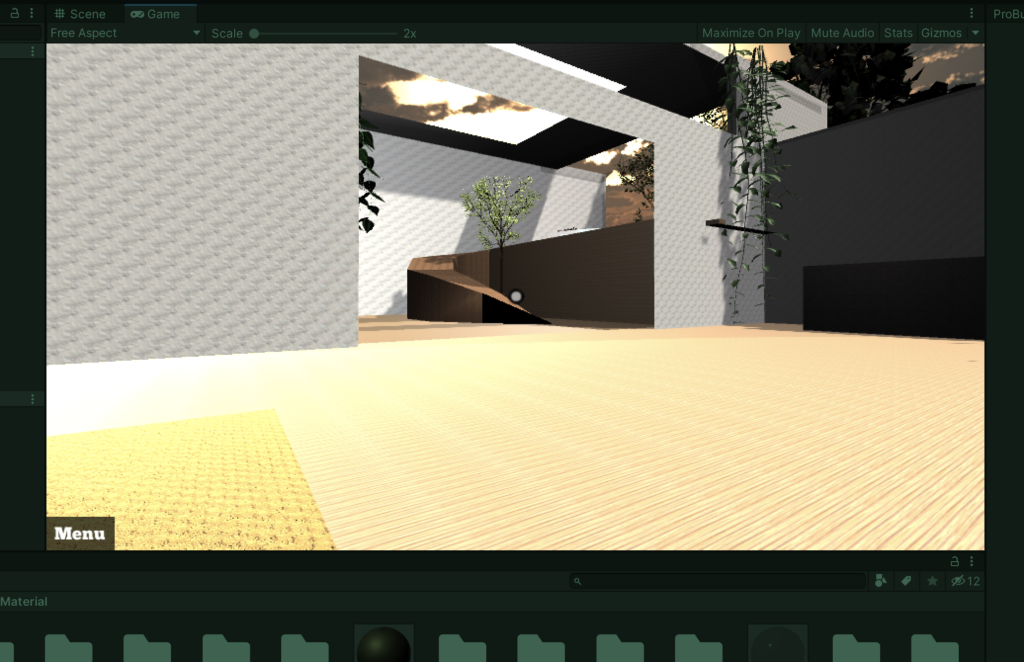
Fig 5. Masters 2021. Prototype1 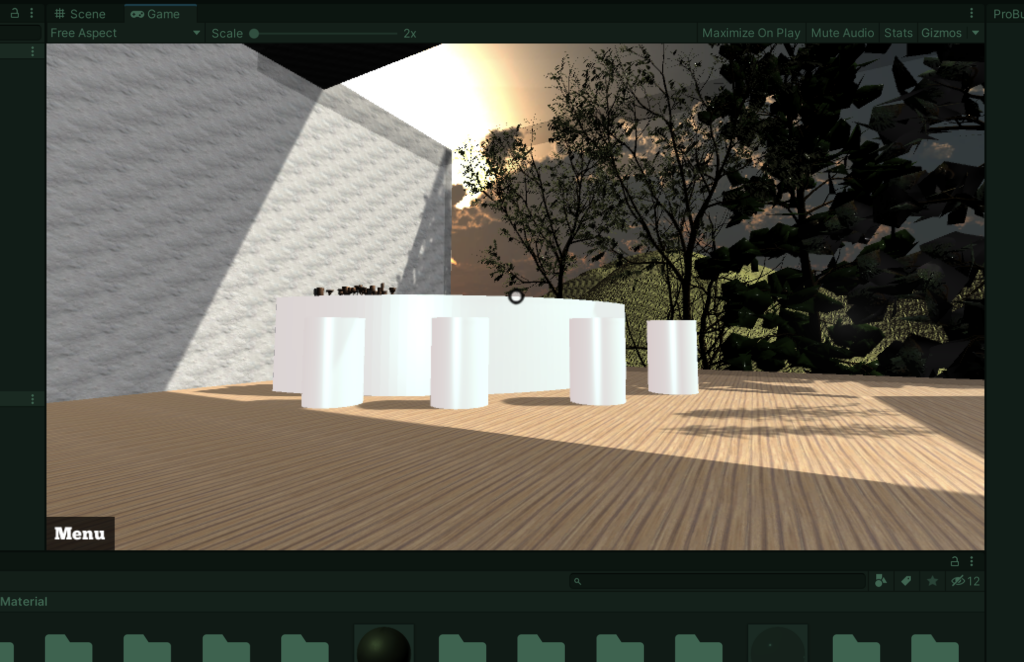
Fig 6. Masters 2021. Prototype2 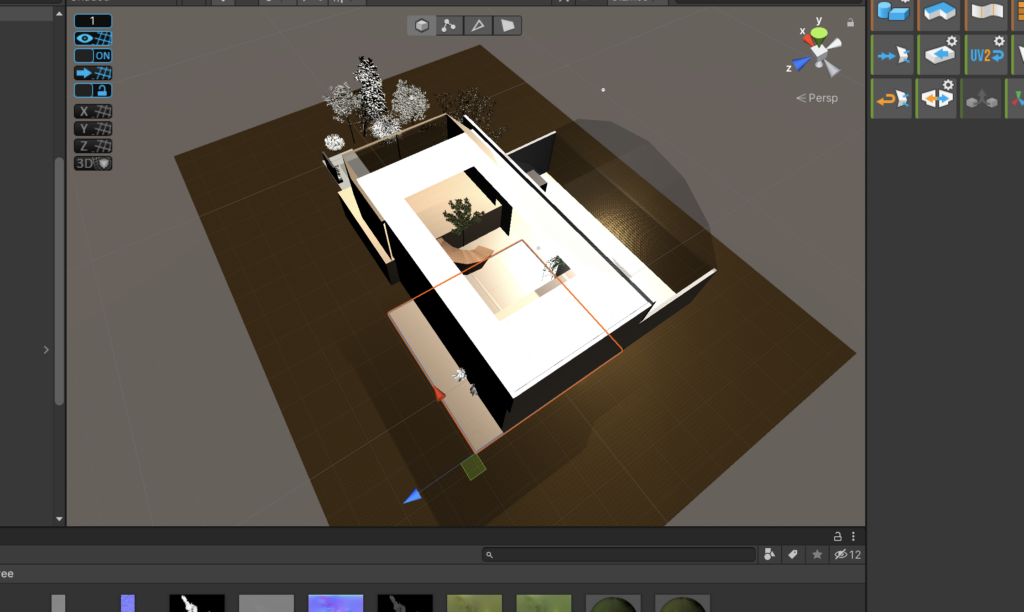
Fig 7. Masters 2021. Prototype3 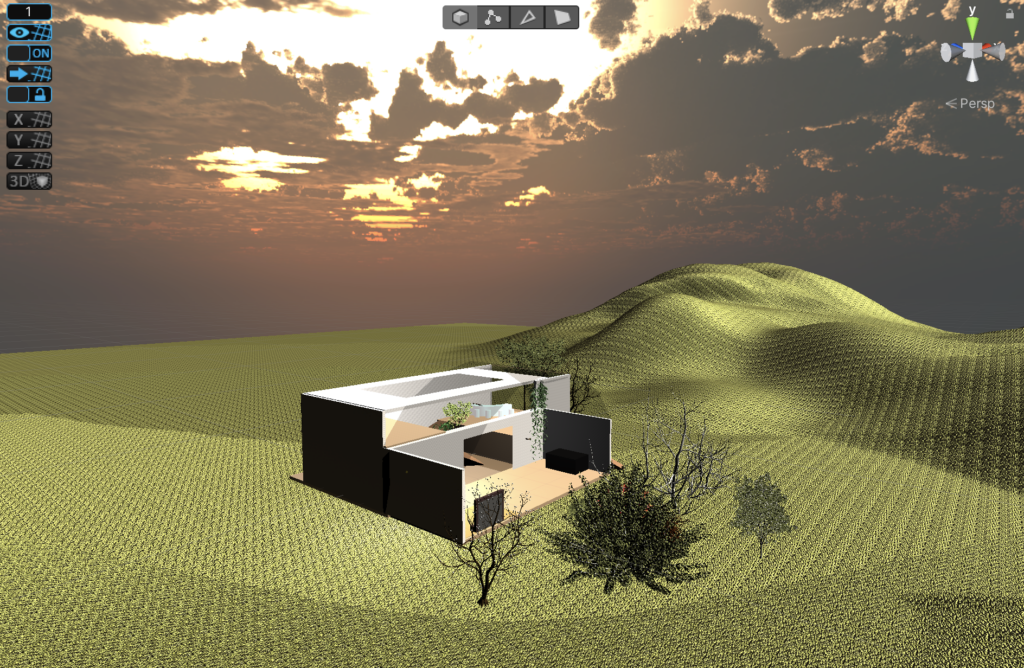
Fig 8. Masters 2021. Prototype4
Music & Ambience for Prototype
- A forest ambiance for the background – https://freesound.org/people/lupalenzuela/sounds/512230/
- A women singing – http://ccmixter.org/content/snowflake/snowflake_-_Firefly.mp3
Credits
Firefly by Snowflake (c) copyright 2020 Licensed under a Creative Commons Attribution Noncommercial (3.0) license. http://dig.ccmixter.org/files/snowflake/62197 Ft: bangcorrupt
Select Avatars – Third-Party Asset
A freelance 3D modeller and programmer Quaternius is currently offering low-poly assets for students and projects. “Animated Women Pack This pack contains a set of 4 different human models with many animations. In FBX, OBJ and Blend formats, free to use in personal and commercial projects” (Quaternius 2021). While the avatars do not offer the diversity of gender, skin tone and appearance that our project and team would like to offer there is enough diversity in the models to use as placeholders considering how short the team are on time.
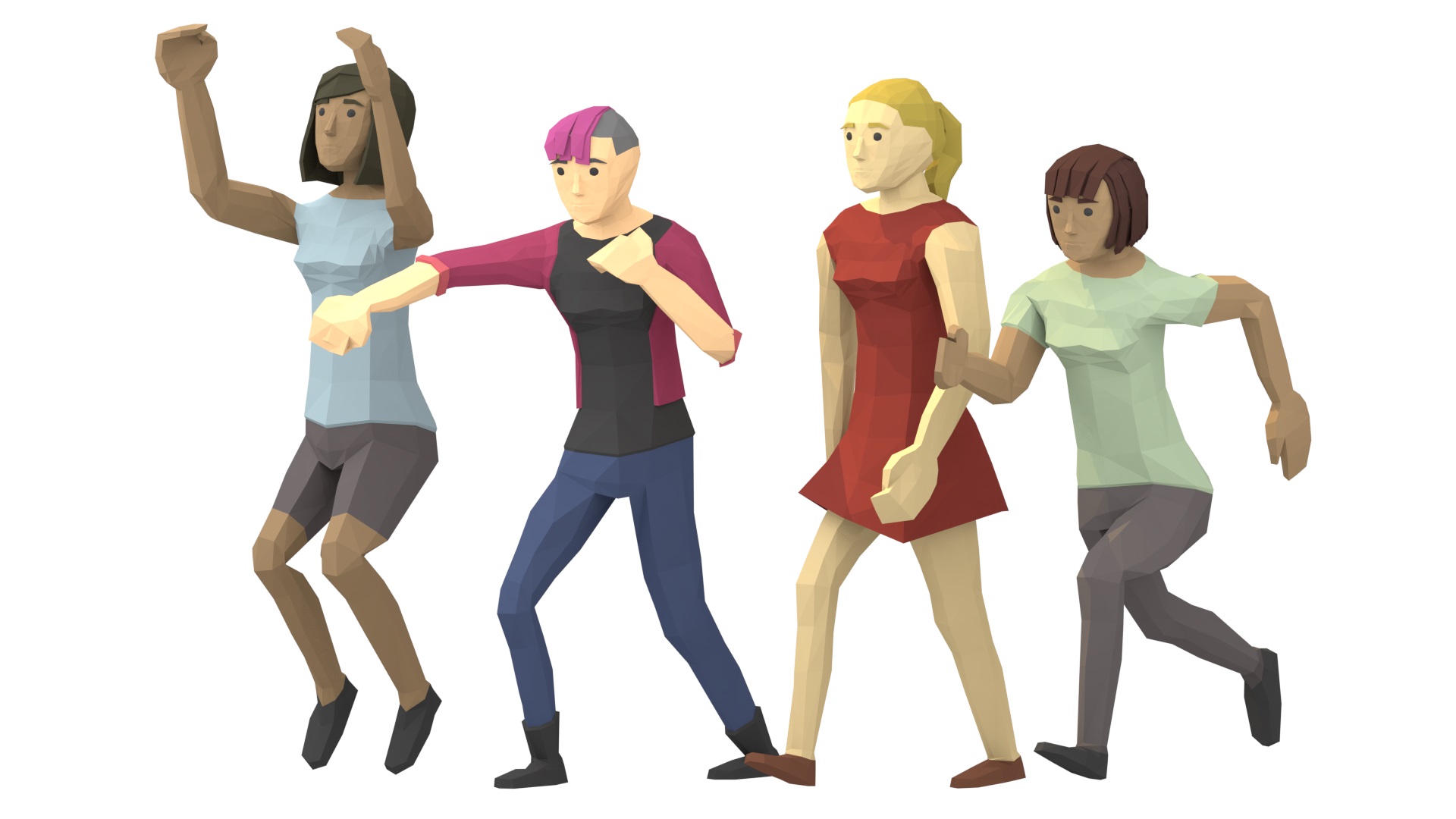
Improving the terrain
Fixing the terrain…
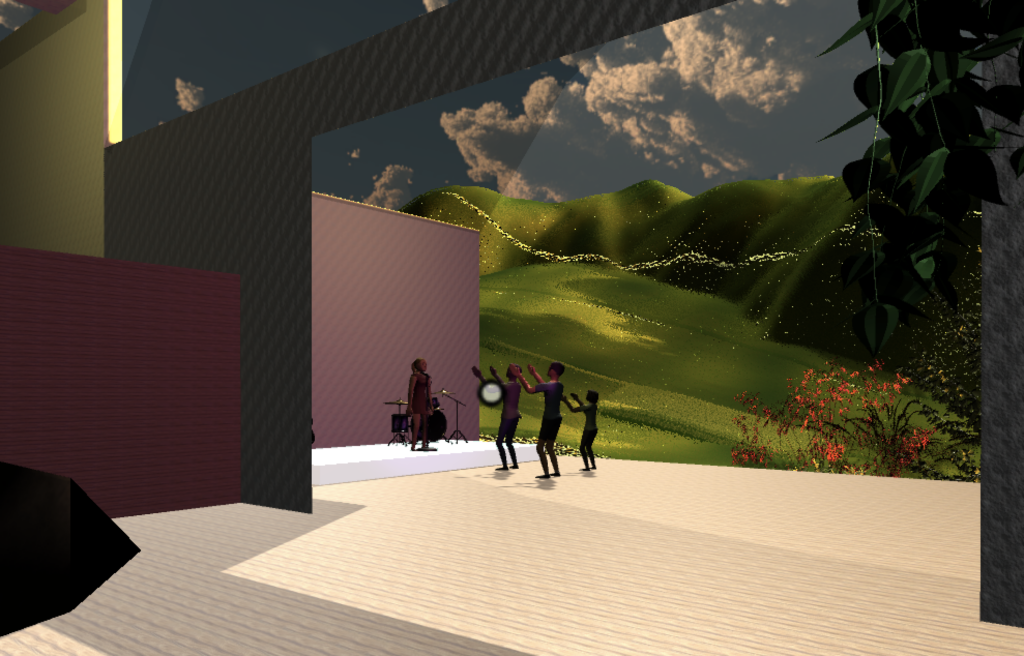
Fig 11. Masters 2021. Terrain
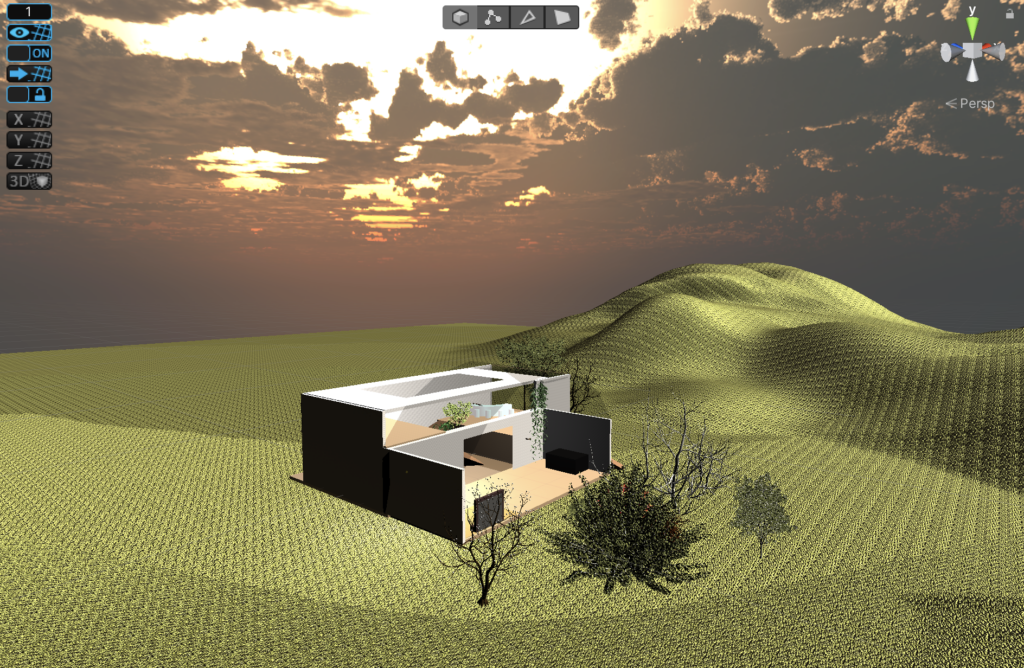
Brainstorming an App name
We held a synchronous collaborative session to brainstorm a new app name together. We used dot voting to indicate our favourite names.
Fig 13. Team Rock-it 2021. Brainstorming a name
Refine Feature Design
A features brainstorm:
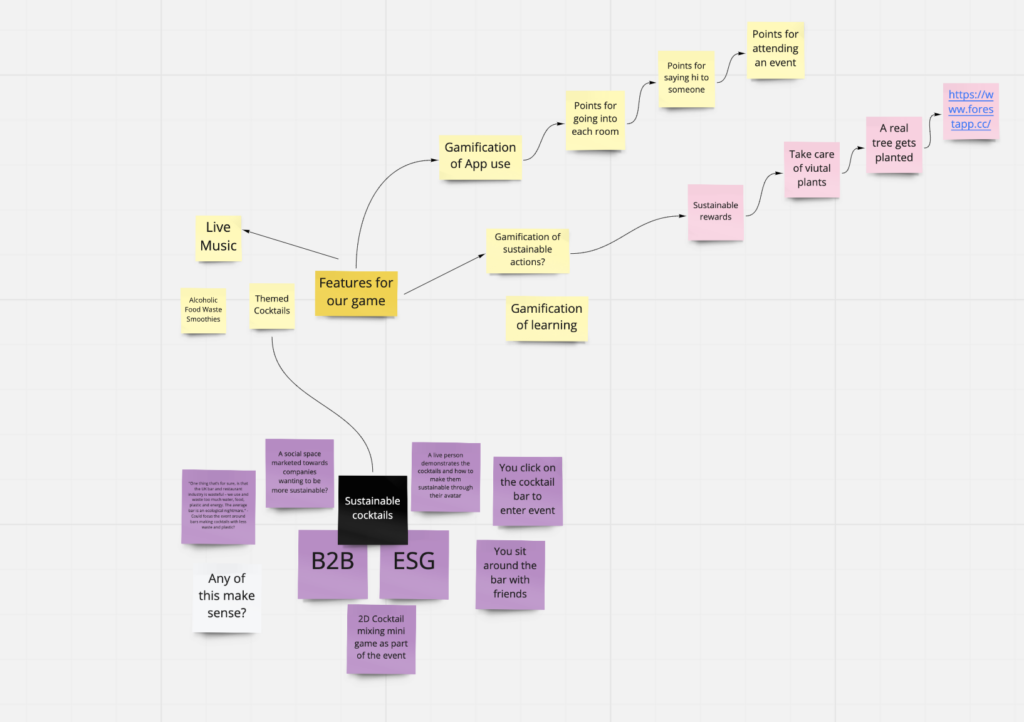
The team will focus on a live music and mixology classes. The UX team are developing branding and wireframes for the project while I begin to program the class.
Scope Considerations: Gamification of rewards and learning, mixology classes, live music, event booking, social space
Vision Statement: To give Millennials a way to find sustainable communities, so that they can express themselves and uphold their values in a social space safely and conveniently
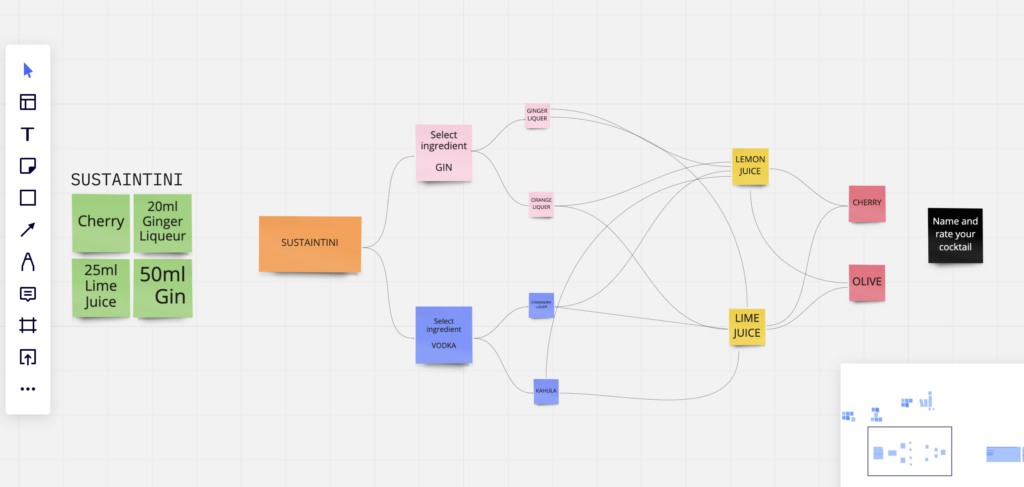
Sprint Retro
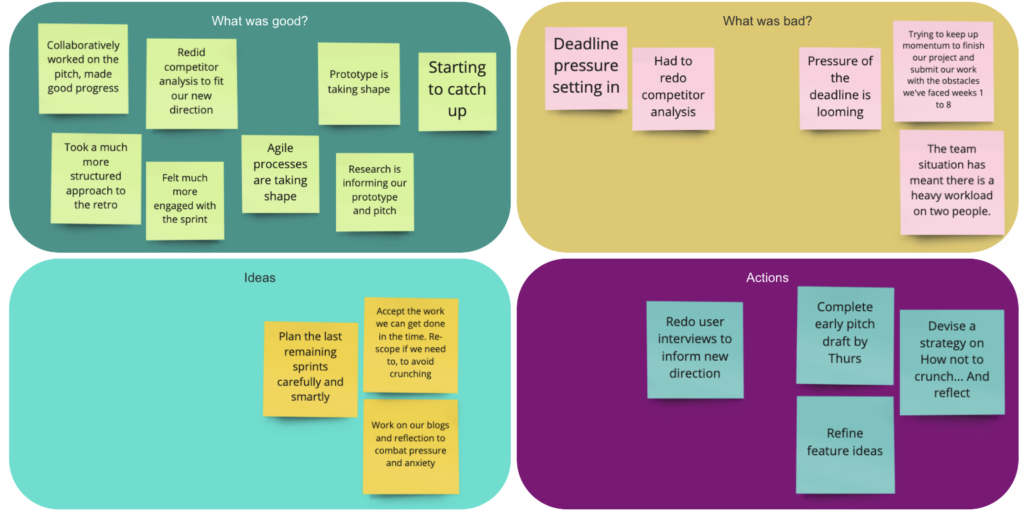
Reflection
No team can skip to the performing stage but Team Rock-it can skyrocket there! Co-Creative Development has pushed me through a few confidence barriers. One being my fear of making a 3D environment and game, a dab at UX Design Sprints and some UX Research (with the help of the UX part of our team). I created imaginary barriers in my own thoughts and while reflecting with a friend and a cup of tea at Euston, I likened the process to endurance training or pushing past the pain barrier in training. My friend had her own barrier with programming, and struggling to push through her studies at a different university. Supporting her to break through her own pain threshold for her Computer Science studies, revealed the struggles on my own blockades and confidence.
List of figures
Figure 1. Kanban [screenshot by author].
Figure 2. Team Rock-it!. 2021. Retros.
Figure 3. Team Rock-it!. 2021. SWOT Analysis and Team Performance Metrics.
Figure 4. Katzenbach 1993. The Team Performance Curve [chart]. KATZENBACH, Jon R. and Douglas K. SMITH. 1993. The Wisdom of Teams: Creating the High-Performance Organization. Boston, Mass: Harvard Business School Press.
Figure 5. Sarah Masters. 2021. Prototype1.
Figure 6. Sarah Masters. 2021. Prototype2.
Figure 7. Sarah Masters. 2021. Prototype3.
Figure 8. Sarah Masters. 2021. Prototype4.
Figure 9. Sarah Masters. 2021. Video of singing.
Figure 10. Quaternius. 2021. Animated Women [online]. Available at: https://quaternius.com/packs/animatedwomen.html [accessed 21 Aug 2021].
Figure 11. Sarah Masters. 2021. Terrain.
Figure 12. Sarah Masters. 2021. Terrain Overview.
Figure 13. Team Rock-it!. 2021. Brainstorming a name.
Figure 14. Sarah Masters. 2021. Features brainstorm.
Figure 15. Sarah Masters. 2021. Mixology Class.
Figure 16. Team Rock-it!. 2021. Retro.
References
COHN, Mike. 2012. Advanced Topics in Agile Planning [online video]. Available at: https://www.youtube.com/watch?v=D2r2KryYAaY (Links to an external site.) [accessed 5 May 2021]
Falmouth University. 2021. GDD730 Co-Creative Design & Development Practice. Available at: https://flex.falmouth.ac.uk/courses/913 [accessed on 20 June 2021]
GRODIN, Debra and Thomas R. LINDLOF (eds.). 1996. Constructing the Self in a Mediated World. Thousand Oaks: Sage Publications.
KATZENBACH, Jon R. and Douglas K. SMITH. 1993. The Wisdom of Teams: Creating the High-Performance Organization. Boston, Mass: Harvard Business School Press.
KRUGER, Justin and David DUNNING. 1999. ‘Unskilled and Unaware of It: How Difficulties in Recognizing One’s Own Incompetence Lead to Inflated Self-Assessments’. Journal of Personality and Social Psychology 77, 1121–34.
LEE, Joey J. et al. 2013. ‘Greenify: Fostering Sustainable Communities via Gamification’. In CHI ’13 Extended Abstracts on Human Factors in Computing Systems. 1497–502. Available at: https://doi.org/10.1145/2468356.2468623 [accessed 22 Jul 2021].
PIMENTEL MEDEIROS, Manoel. 2016‘The Conflict Fast Model | Agile Alliance’. 2016. Agile Alliance | [online]. Available at: https://www.agilealliance.org/resources/sessions/the-conflict-fast-model/ [accessed 26 Jul 2021].
QUATERNIUS. 2021. [online]. Available at: https://quaternius.com/packs/animatedwomen.html [accessed 21 Aug 2021]